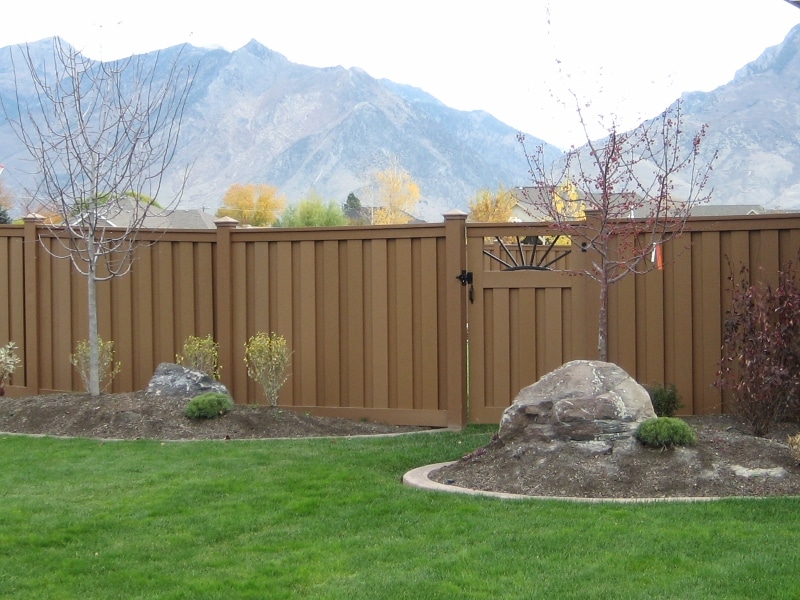As humans continue to recognize the importance of sustainable living and eco-friendly practices, it is essential to consider these principles when it comes to fencing and animal containment methods. Traditional fencing materials such as wood or metal can have detrimental effects on the environment due to deforestation and carbon emissions during manufacturing processes. Thankfully, there are several innovative and environmentally conscious alternatives available today.
One popular option for eco-friendly fencing is bamboo. Bamboo is a fast-growing grass that requires minimal resources to cultivate. It is highly durable, making it an excellent choice for animal containment. Additionally, bamboo has a natural resistance to pests, eliminating the need for harmful chemical treatments commonly used in wooden fences.
Another eco-conscious solution is recycled plastic fencing. Made from post-consumer waste such as milk jugs or plastic bags, this material offers exceptional strength and longevity without contributing to landfill waste. Recycled plastic fences require little maintenance beyond occasional cleaning with water and soap.
For those seeking a more rustic aesthetic, living fences provide an attractive alternative while promoting environmental sustainability. Living fences consist of plants like hedges or shrubs carefully planted in rows along property boundaries or animal enclosures. They offer privacy and serve as windbreaks while providing wildlife habitat and improving air quality through their natural photosynthetic process.
When considering animal containment methods that align with ecological principles, electric fencing powered by solar energy emerges as an ideal choice. These systems utilize renewable energy sources rather than relying on electricity from fossil fuels or non-renewable resources.
In addition to choosing eco-friendly materials for fencing purposes, it’s crucial to ensure responsible installation techniques are employed. Minimizing soil disruption during fence construction helps preserve natural habitats and prevent erosion.
Ultimately, embracing eco-friendly fencing options contributes not only towards reducing our environmental impact but also enhances the aesthetics of our surroundings while promoting sustainability in rural living practices. By making thoughtful choices about the materials we use for animal containment needs, we can create harmonious spaces where both humans and wildlife can thrive.


Leave a comment